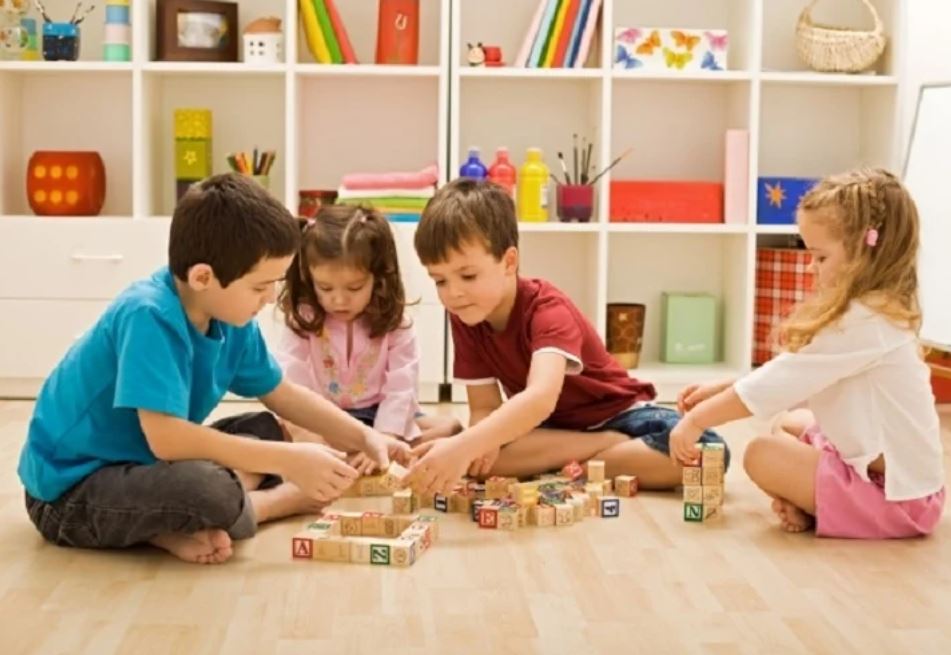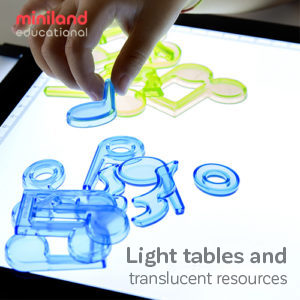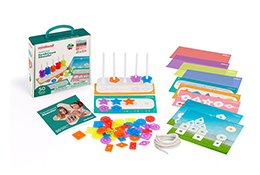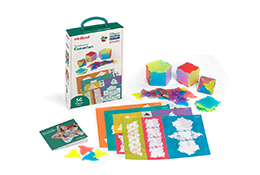Most of our time is now dominated by screens, from smartphones to laptops and TVs – there simply seems to be no escape
This has a huge impact on people’s ability to form relationships and connections with others, and it has become much easier to live in a relatively isolated paradigm. One of the main developments that is being affected by our lack of human connections and interactions is that of emotional intelligence.
As adults, many of us had the opportunity to grow up with limited access to technology and thus were more inclined to form personal relationships that enabled most of us to develop a sense of emotional intelligence at a young age. Children today don’t really have this option and their lives are pretty much dominated by screen time.

This is why it is important, as a teacher, that you take the opportunity to help children develop emotional intelligence from a young age. You can use educational toys, games, and activities in your classroom that promote EQ development.
What is emotional intelligence?
“Emotional intelligence is the ability to perceive emotions, to access and generate emotions so as to assist thought, to understand emotions and emotional knowledge, and to reflectively regulate emotions so as to promote emotional and intellectual growth.” – Mayer & Salovey, 1997
Emotional intelligence in children is noticeable when they start to consider the circumstances before they lose their temper, and when they start to think about the feelings of others around them.
It develops slowly from about the age of three, when children often just think of themselves all through their lives, and it is a social skill that is absolutely essential to create well-rounded compassionate adults.
You can use educational toys, games, and activities in your classroom that encourage children to share, take turns, and work in a team.
EQ developments by age
- 3-4 years: They will start to show and recognize a wider range of feelings and emotions – and also tend to be kind and caring at random times. They will still be prone to throwing tantrums to get what they want.
- 5-6 years: Kids this age may test your boundaries a little bit, but will still be eager to please you and get praise. They start to become aware of other children’s feelings and they will begin to understand the feeling of embarrassment.
- 7-8 years: Kids are more receptive of other’s feelings and reactions, and are more likely to express their own feelings and emotions with words – but may resort to tantrums if they get frustrated.
Educational toys and tools to use in the classroom to teach EQ
In a recently released report on emotional intelligence and the need for it to be taught in schools, Six Seconds stated:
“There is a solid and growing empirical base concluding that well-designed, well-implemented school-based prevention and youth development programming can positively influence a diverse array of social, health, and academic outcomes.”
These are our favorite tools to use in the classroom to teach emotional intelligence to your students:
- Dolls: Our range of dolls come in different ages and are all anatomically correct. They are a great way to teach children about family, caring for children, race and ethnic difference, as well as respect and tolerance. Have a look at them here.
- Self awareness tools: Our self awareness tools and games will teach the important values of tolerance, empathy, racial diversity, and the acquisition of vocabulary and temporal concepts to your students.
- Magnetic games: Our magnetic games are designed around daily activities, tasks, and scenarios, and they provide situations where children will have to use their EQ and common sense to sort out problems.
These are just some of the educational toys that you can use to teach your students emotional intelligence at a young age. There are plenty more games, activities, and tools that you can use to ensure that they are developing their EQ levels at the right pace.

If you would like to know more about emotional intelligence, what it is, how to teach it, and the milestones that your students should be reaching, download our new guidenew guide.
At Miniland, we strive to create resources and to give ideas and tips for teachers that will help them provide the best learning environment that they possibly can. To keep up-to-date with our new educational toys and resources – have a look at our blog.




